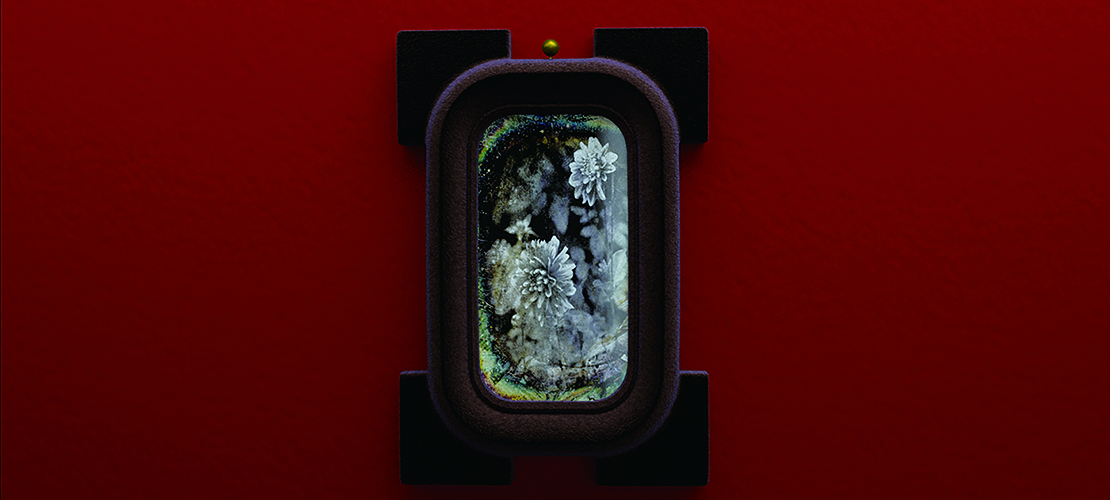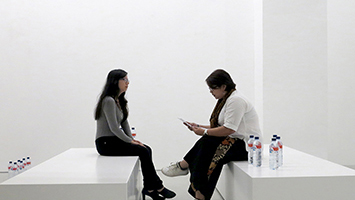

遊記
Notes De Voyage
2016,單頻錄像,18分53秒
Single-channel video, 18'53"
梁超
LIANG Chao
中國 1985年生於中國天津,現於法國巴黎和里爾生活及工作
China 1985 born in Tianjin, China, now living and working in Paris and Lille, France
在技術瘋狂發展的年代,任何新技術的發明與創造都不能被單獨拆開看,包含:電、重機械、錄音技術、印刷術至網際網路等。而今日的數位生活被數以萬計的圖像簇擁,藝術家用他的想像及另種敘事陳述攝影的存在,自未來中體現過去,反轉攝影的滅亡與出生。
作品中,梁超選擇了三十餘張攝影史中舉足輕重的作品作為參考,模仿這些作品中的場景,重新用3D技術建構影片中的城市。這個「似曾相識」的地帶,它們建立一種虛構的關係於真實存在的人物及歷史中,連結起曾經的未來與現在的關係,同時也串起了聲音與圖像的連結。此作將真實的攝影史置存在於虛構之中,以我們已知的歷史進程碰撞耆老的口述內容,以技術針對人類的他種發明物「歷史」開展出另種敘事關係。
In an era of frantic technological development, any invention or creation of new technology cannot be torn apart for analysis, including electricity, heavy machinery, audio recording, printing technology, and even the Internet. While the digital life today is swarmed by tens of thousands of images, the artist uses his imagination as well as an alternative narrative to describe the existence of photography, manifesting the past from the future as well as reversing the end and the beginning of photography.
In the artwork, Liang Chao chose over 30 works that are significant in the history of photography as the reference to mimic the scenes in these works, and constructed the city in the film via 3D technology. This area of “Déjà vu” establishes a fictitious relationship among the figures and incidents that truly existed, connects not only the relationship the future and the present it used to be, but the links between sounds and images. The artwork allocates the true history of photography in fiction and collides the historical progress we know of with the oral accounts of an elder, unfolding another narrative relationship for the “history” of human’s alternative invention with technology.





_s_s355.jpg)

